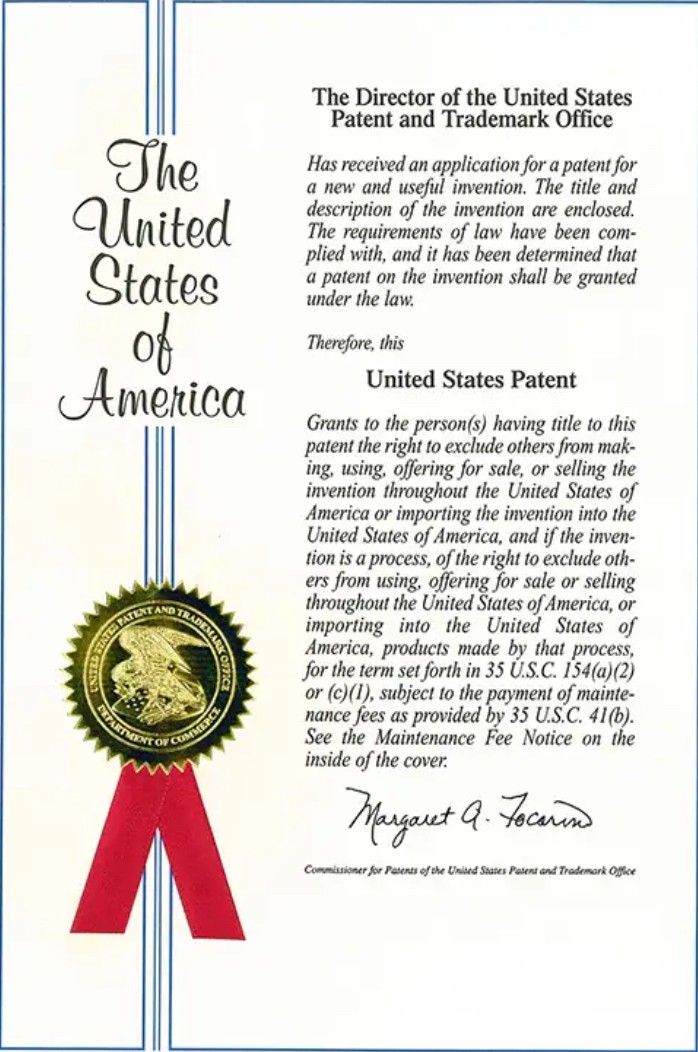Article by
The USA is home to many of the most innovative companies in the world, which invest heavily in research and development, as well as associated patent protection so it is important to consider the value of having a US patent. Simon Cooper, patent attorney, runs through the key considerations when looking at applying for a US patent.

1. Patents are territorial
Patents are crucial for protecting the results of a company’s research and development. A patent gives its owner the right to stop others, for a period of up to 20 years, from making, using, or selling an invention without their permission. Patents are territorial, and hence a US patent is needed to prevent other companies utilising an invention in the USA.
2. Potential market in the USA
One factor in the popularity of patents in the USA is the size of the potential market in the USA, with a population of around 330 million, the highest GDP in the world, and significant spending in many areas, including consumer technology and healthcare. This makes US patents potentially very valuable.
The USA grants large numbers of patents. Around 330,000 patents were granted in the USA in 2019, with over 3 million US patents currently in force. It is not just US companies seeing the value in patent protection in the USA, but also overseas companies seeing the value - just over half of the US patents granted in 2019 are owned by companies based outside the USA.
3. USA has patentee-friendly courts
Another factor is enforcement. Although expensive, the USA has patentee-friendly courts, which award significant damages, and it can be possible to obtain contingency fee arrangements (no win, no fee) for legal representation. In addition, there are no costs awards to the winning party in patent infringement actions in the USA, with each party being required to bear their own costs, which reduces the risks involved in bringing a patent infringement action. This has contributed to the USA being a popular country for patent enforcement, despite the expense.
Many UK companies are already aware of the value of patents in the USA, with UK companies being granted 7,791 patents in the USA in 2019. This puts the UK sixth behind Japan (53,542), South Korea (21,684), China (19,209), Germany (18,293) and Taiwan (11,489) for granted US patents in 2019 and is significantly more than the 4,111 European patents granted to UK companies in 2019.
4. Assess the risk of infringement
For UK companies exporting to the USA, there are two principal concerns relating to patents. Will I infringe somebody else’s patent? Do I have appropriate patent protection for my product?
An assessment of the risk of infringing somebody else’s patent usually involves a patent search and advice from a patent attorney on the scope of relevant patents, ie what they cover and whether they are valid. In the USA, if a company is shown to have wilfully infringed a patent, the damages awarded for patent infringement may be up to three times the damage actually suffered by the patent owner, which makes this assessment of the risk of infringement vital.
5. Obtain appropriate patent protection for your product
In relation to patent protection, it is usual for a UK company to file a UK patent application initially, before any public disclosure of the invention. There is then a period of one year in which overseas applications may be filed that claim the same effective filing date as the original UK patent application.
Although it is possible to file a US patent application up to one year following the first public disclosure of an invention, it is preferable to obtain an effective filing date that is as early as possible. It is therefore usual to file a US patent application on or before the one-year anniversary of the filing of the original UK patent application. Alternatively, there is an option to file an International (PCT) patent application instead, which provisionally covers over 150 countries, followed by a filing of that application in the USA, and any other countries in which patent protection is desired, around 18 months later.
The examination procedure before the US Patent and Trademark Office involves reports from the examiner, legal arguments, and amendments to the application, and typically takes around 2-3 years to reach allowance, following which a US patent is granted.




